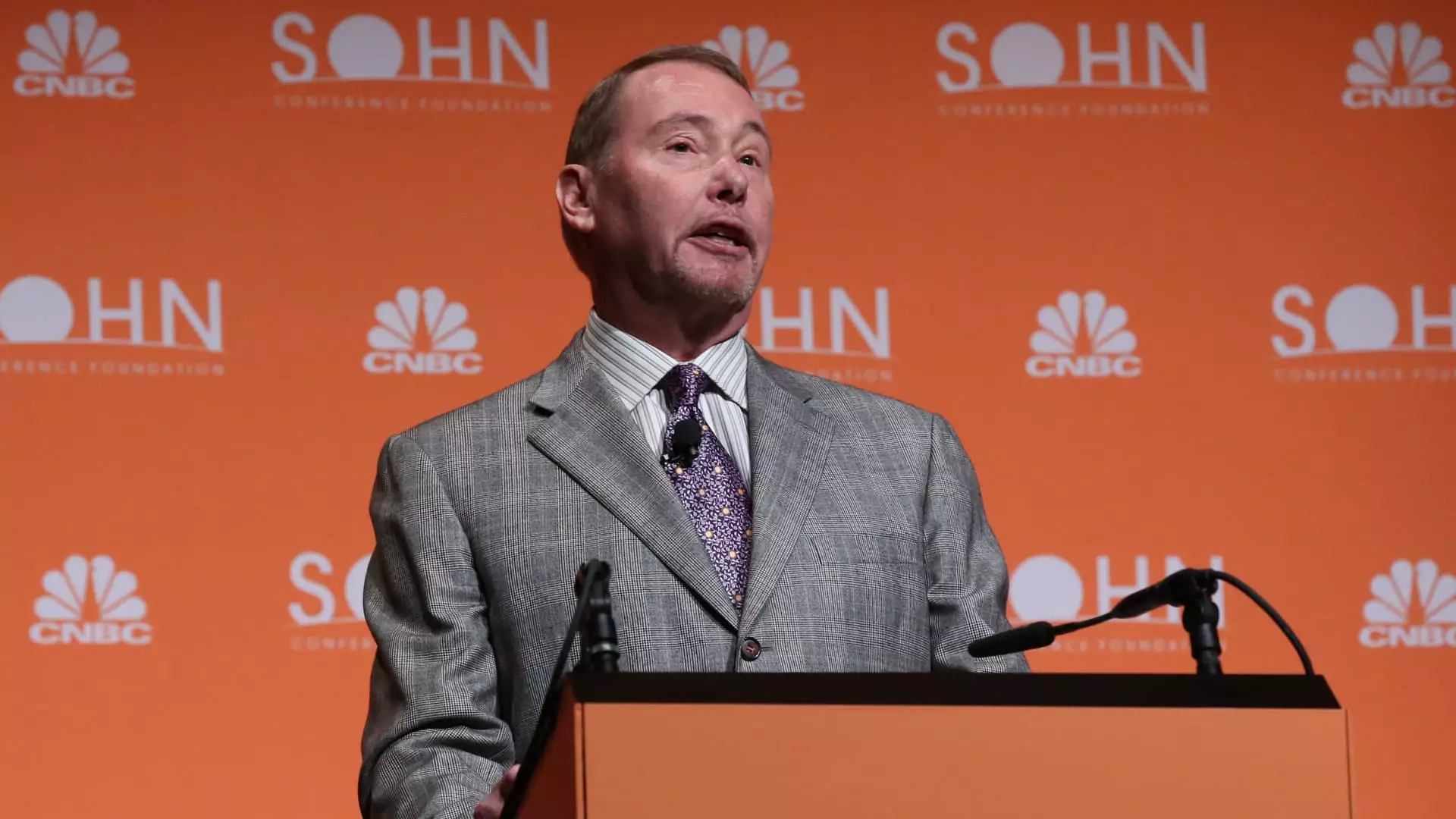The recent political landscape in the United States reveals a potential shift in fiscal policy that could significantly impact interest rates. Following the midterm elections, speculation surrounding Republican control of the House effortlessly intertwines with anticipated government spending under a possible Trump administration. Notable financial experts suggest that this scenario could lead to a steep increase in interest rates, primarily due to heightened government borrowing. Jeffrey Gundlach, the CEO of DoubleLine Capital, made striking statements on this development, emphasizing that if Republicans gain control of the House, it will likely catalyze a surge in national debt.
As the conversation unfolds regarding future government expenditures, Gundlach asserts that a Republican majority would expedite a laissez-faire approach to fiscal policy, allowing President Trump to pursue aggressive spending strategies. His concern revolves around the implications of such spending—specifically, the need for extensive Treasury issuance. Increased borrowing to fund government activities will create upward pressure on bond yields, potentially disrupting current financial markets.
In the wake of these pronouncements, it is crucial to consider how the Federal Reserve may respond. Historically, the Fed has employed a cautious approach to monetary policy; however, Gundlach points out that the central bank might face tough decisions in a climate of rising debt and cool consumer confidence. Such conditions can challenge the Fed’s existing low-interest-rate strategy and provoke a recalibration to accommodate soaring yields.
An Uncertain Budgetary Future
Presently, the fiscal outlook appears dire, with the government concluding Fiscal Year 2024 with a staggering budget deficit exceeding $1.8 trillion. This figure is alarming, especially when over $1.1 trillion is earmarked just for servicing the mounting financing costs associated with a national debt of $36 trillion. This precarious fiscal position paints a bleak picture, raising questions about sustainability and long-term economic growth.
Gundlach’s apprehension is palpable—not just about the risks of increased debt but also regarding tax strategies that could exacerbate the situation. Should tax cuts be extended or new reductions introduced under a Trump administration, the national debt may swell further, complicating the already challenging fiscal equation. Thus, a careful analysis of policy decisions becomes crucial to understanding the looming economic landscape.
Interestingly, amidst the concerns of rising interest rates and fiscal irresponsibility, Gundlach suggests that the Trump presidency might ironically lessen the chances of a near-term recession. He posits that a robust pro-cyclical stimulus agenda, coupled with the intent to reduce taxes, may inject energy into the economy, counterbalancing otherwise negative economic indicators.
Thus, the interplay of political power, fiscal policy, and economic health presents a complex scenario. Investors, market analysts, and policymakers must navigate these turbulent waters skillfully as the nation inches closer to determining the overall trajectory of its financial and economic future. Understanding these dynamics is pivotal, as the consequences of today’s electoral decisions can reverberate well into the years ahead, shaping not just markets but also the very fabric of American economic policy.

